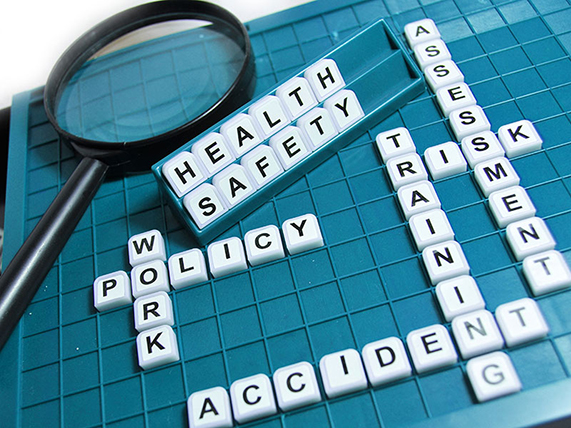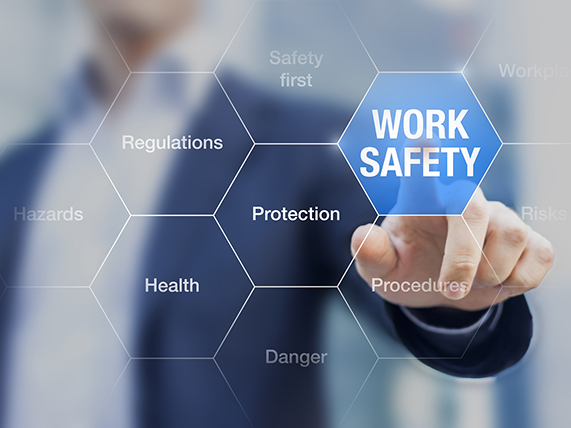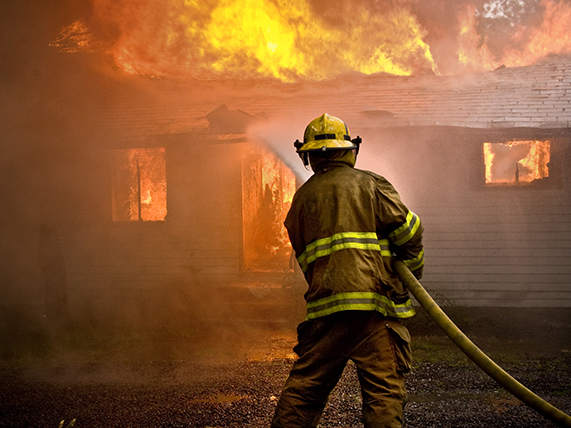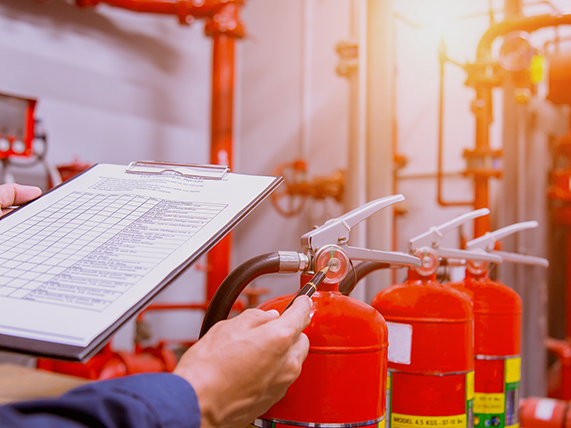FAQs

What is Health and Safety at Work?
Health and Safety at Work refers to the legislation The Health & Safety at Work etc Act 1974 and management regulations put in place to ensure the health, safety, and welfare of employees and others who may be affected by work activities.

Do I need a written Health and Safety Policy ?
By law, any business that employs five or more people must have a written Health and Safety Policy. Which should include :
- • A Statement of intent State your general policy on health and safety at work, including your commitment to managing health and safety and your aims. As the employer or most senior person in the company, you should sign it and review it regularly.
- • Responsibilities for health and safety, list the names, positions and roles of the people in your business who have specific responsibility for health and safety.
- • Arrangements for health and safety, details of the practical arrangements you have in place, showing how you will achieve your health and safety policy aims. This could include, for example, doing a risk assessment, training employees and using safety signs or equipment.
Who is Responsible for Health and Safety in the Workplace?
Employers have the primary responsibility for health and safety in the workplace. However, employees also have a duty to take reasonable care of their own health and safety and that of others who may be affected by their actions.
What is a Risk Assessment, and Why is it Important?
A risk assessment is the process of identifying hazards in the workplace, how they may cause harm and what steps to take to minimise harm.
Read more about Health & Safety Risk Assessments at the UK Government HSE website.
How Often Should Risk Assessments be Reviewed?
Risk assessments should be reviewed regularly, at least annually and whenever there are significant changes in work processes, equipment, or personnel. This ensures that control measures remain effective and up-to-date.
What Should I Do in if I have an Accident or Incident at Work?
Immediately call for a trained workplace first aider, if available to access medical assistance for any injuries sustained. Report all accidents, incidents, near misses, or hazardous conditions to your employer or supervisor as soon as possible. They are required to record and investigate these incidents to prevent recurrence, and if necessary will report these incidents to the HSE using the RIDDOR reporting tool.

What is RIDDOR & When do I need to report an incident?
RIDDOR stands for Reporting of Injuries, Diseases and Dangerous Occurrences Regulations 2013.
Read more about Reportable Incidents at the UK Government HSE website.
Things than need reporting are :
- • accidents resulting in the death of any person,
- • accidents resulting in specified injuries to workers,
- • non-fatal accidents requiring hospital treatment to non-workers,
- • dangerous occurrences,
- • over-seven-day incapacitation of a worker,
- • occupational diseases.

Are First Aid Facilities Required in the Workplace?
Yes, employers must provide adequate first aid facilities, equipment, and trained personnel to ensure the prompt provision of first aid in case of injury or illness at work.
What PPE (Personal Protective Equipment) should I wear ?
Employers must protect workers from health and safety risks. This means they must provide PPE free of charge if a risk assessment shows it is needed. To stay safe, workers may have to wear PPE such as safety helmets, gloves, eye or hearing protection, high-visibility clothing, safety footwear and harnesses. PPE also includes respiratory protective equipment (RPE) to prevent workers breathing in dust, mist, gas or fumes.
Is Health and Safety Training Required for Employees?
Yes, employers are required to provide appropriate health and safety training to employees to ensure they understand the risks associated with their work and know how to work safely.
Read more about Invicta Safety's range of online training courses.

What Should I Do if I Feel Unsafe or Notice a Hazard in the Workplace and Can I Refuse to Work if I Believe it's Unsafe?
If you feel unsafe or spot a hazard in the workplace, report it to your supervisor or employer immediately. They are responsible for addressing and mitigating workplace hazards to ensure a safe environment for all employees. Employees have the right to refuse to work if they believe it poses a serious and imminent danger to their health and safety or that of others. However, it's essential to follow the correct procedures for raising concerns and seeking resolution, such as reporting the issue to management or the health and safety representative.

What Measures are in Place to Prevent Workplace Violence and Harassment?
The Health and Safety at Work Act ect 1974 places a legal duty on employers to ensure, so far as reasonably practicable, the health, safety, and welfare of workers. This includes protecting them from work-related violence and harassment.
Read more about Guidance on Violence and aggression at work at the UK Government HSE website.
Is Psychological Wellbeing Considered in Workplace Health and Safety?
Yes, Like any other safety or health hazard at work, work-related mental health issues must be assessed to measure the levels of risk to staff. employers have a duty to consider the psychological wellbeing of their employees and address any factors that may impact mental health in the workplace. This may include implementing stress management programs, providing support services, and promoting a positive work environment.
What is the max/min workplace temperature?
The minimum temperature in an indoor workplace should normally be at least: 16°C or 13°C if much of the work involves rigorous physical effort There's no law for maximum working temperature, or when it's too hot to work, because every workplace is different. No l upper limit is imposed because in many indoor workplaces high temperatures are not seasonal but created by work activity, for example in bakeries or foundries.
However, employers must stick to health and safety at work law, including:
- • keeping the temperature at a comfortable level,
- • providing clean and fresh air.
Read more about the law regarding temperature in the workplace at the UK Government HSE website.
What breaks am I entitled to under working time regulations?
An employee is entitled to an uninterrupted break of 20 minutes if working more than six hours. It should be a break in working time and should not be taken either at the start, or at the end, of a working day.
Employees are also entitled to one day off a week; however this can be averaged over 2 weeks.
